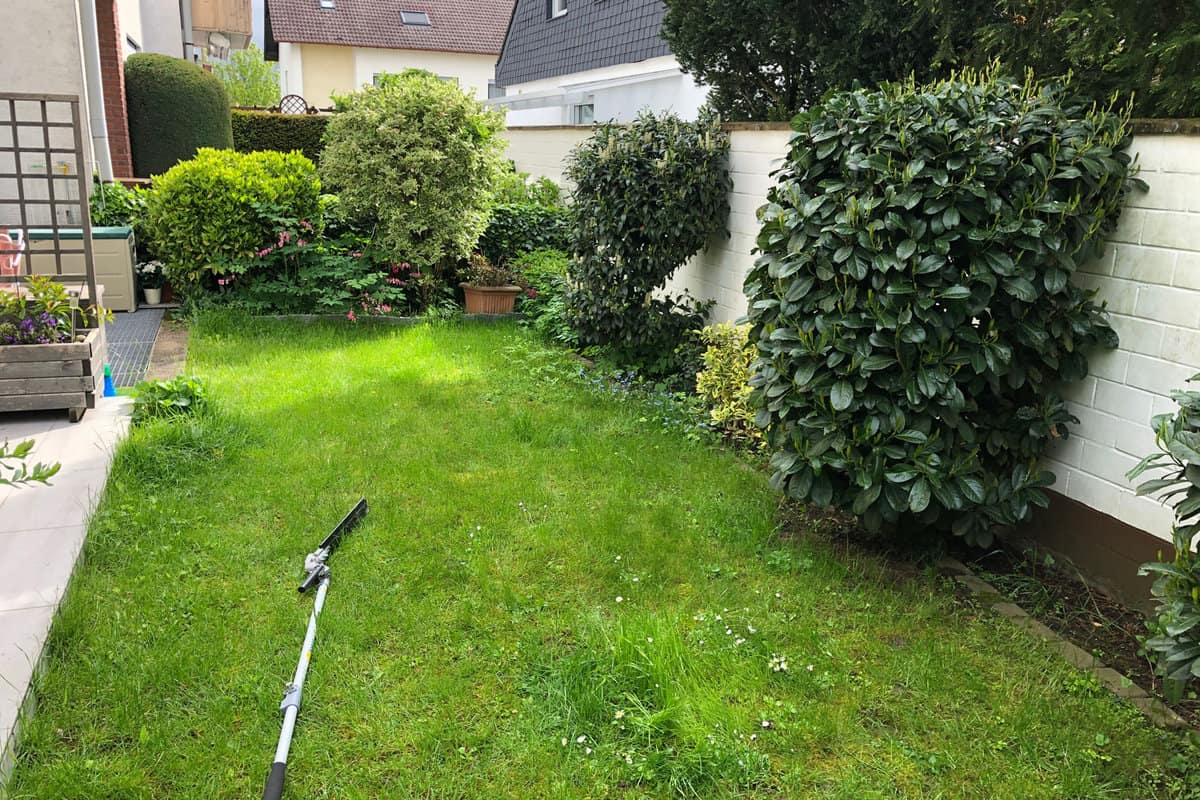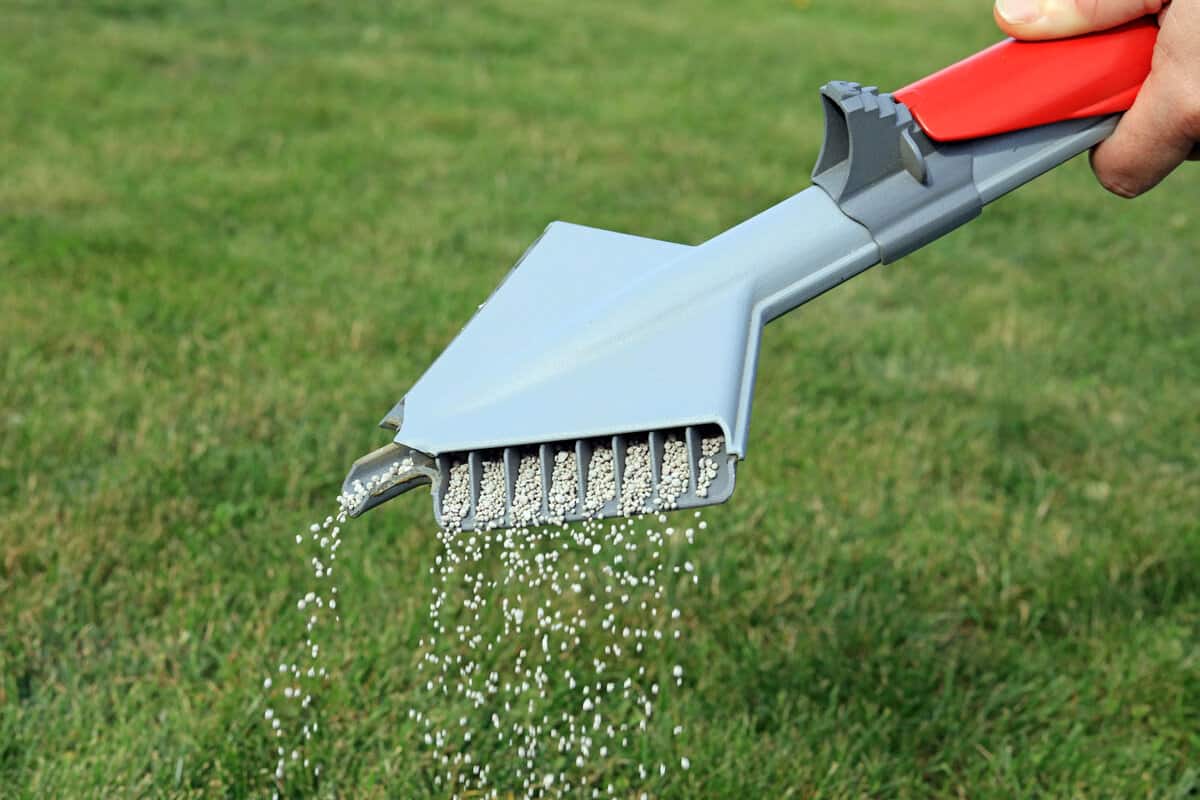Maintaining a healthy lawn year-round can be a challenging task, especially in Zone 7. The region experiences hot summers and cold winters, which can be tough on the grass.
But with the right approach, it is possible, and here are some tips to help keep your lawn looking lush and green throughout the year.
Understanding Zone 7 Climate
Understanding the seasonal changes and climate impact in Zone 7 is the first step for maintaining a healthy lawn year-round.
The climate in Zone 7 has a significant impact on lawn maintenance. The hot and humid summers can lead to drought stress, heat stress, and disease outbreaks.

On the other hand, the mild winters can cause winter injury and damage to the lawn. Therefore, it is essential to understand the weather patterns in Zone 7 and adjust lawn care practices accordingly.
One way to prepare for the seasonal changes in Zone 7 is to choose grass varieties that are well-suited for the climate.
Warm-season grasses, such as Bermuda grass and Zoysia grass, thrive in the hot summers of Zone 7. In contrast, cool-season grasses, such as Kentucky Bluegrass and Tall Fescue, are better suited for the mild winters of Zone 7.
Another way to maintain a healthy lawn in Zone 7 is to adjust watering practices according to the weather.
During the hot and dry summer months, it is essential to water the lawn deeply and infrequently to avoid drought stress.
In the mild winter months, it is important to reduce watering to prevent waterlogging and winter injury.
Basic Lawn Care Essentials
Proper mowing, watering, and fertilizing are the essentials for maintaining a healthy lawn year-round in Zone 7.
By following these tips, homeowners can enjoy a beautiful and lush lawn in Zone 7.
Proper Mowing
The ideal mowing height for most grass types is 2 to 3 inches. Mowing the grass too short can damage the roots and make the lawn more susceptible to pests and diseases.

It is also important to keep the mower blade sharp to ensure a clean cut and prevent tearing the grass.
Watering Techniques
The best time to water the lawn is early in the morning, as this allows the grass to absorb moisture before the heat of the day.
It is important to water deeply and infrequently rather than frequently and shallowly.

This encourages deeper root growth and helps the lawn withstand drought conditions. A good rule of thumb is to water the lawn 1 inch per week, either through rainfall or irrigation.
Fertilizing Needs
The best time to fertilize is in the spring and fall when the grass is actively growing.

It is important to choose a fertilizer that is appropriate for the grass type and to follow the application instructions carefully.
Over-fertilizing can burn the grass and cause damage, while under-fertilizing can result in a weak and thin lawn.
Seasonal Lawn Maintenance
Keeping a healthy lawn year-round in Zone 7 requires seasonal maintenance. Here are some tips for each season.
Spring Care

In the spring, it's important to get your lawn off to a good start. Here are some things you can do:
- Rake up any debris that accumulated over the winter.
- Aerate your lawn to help with water and nutrient absorption.
- Apply fertilizer to promote growth.
- Seed any bare spots.
Summer Maintenance

Summer can be tough on lawns in Zone 7 due to the heat and humidity. Here's how to help your lawn survive:
- Water your lawn deeply and infrequently to encourage deep root growth.
- Mow your lawn at the highest recommended height for your grass type to retain moisture and shade the soil.
- Apply a slow-release fertilizer to help your lawn withstand the stress of summer.
Fall Prep

Fall is the time to prepare your lawn for the winter and ensure it comes back strong in the spring. Here's what to do:
- Rake up any leaves that have fallen on your lawn.
- Aerate your lawn again to help with water and nutrient absorption.
- Apply a winterizing fertilizer to promote root growth and protect against cold temperatures.
- Seed any bare spots.
Winter Protection

Winter in Zone 7 can be unpredictable, so it's important to protect your lawn as much as possible. Here are some tips:
- Avoid walking on your lawn when it's frozen or covered in snow.
- Keep your lawn free of debris to prevent mold and mildew growth.
- Apply a winterizing fertilizer before the first frost to provide nutrients for your lawn through the winter.
Eco-Friendly Lawn Care Tips
Taking care of your lawn doesn't have to harm the environment. Here are some eco-friendly tips for maintaining a healthy lawn year-round in Zone 7.
Organic Fertilizers
Using organic fertilizers is a great way to keep your lawn healthy without harming the environment. Organic fertilizers are made from natural materials and release nutrients slowly, providing long-lasting benefits to your lawn.
Natural Pest Control

Pests can wreak havoc on your lawn, but using chemical pesticides can harm beneficial insects and pollute the environment. Here are some natural pest control methods to try instead:
- Beneficial insects: Ladybugs, lacewings, and parasitic wasps are all-natural predators of common lawn pests like aphids and grubs.
- Neem oil: Made from the seeds of the neem tree, neem oil is a natural insecticide that can help control pests like mites and whiteflies.
- Soap spray: A mixture of water and mild soap can help control pests like spider mites and aphids.
When using natural pest control methods, it's important to be patient. Natural methods may take longer to work than chemical pesticides, but they are much safer for the environment.
Advanced Lawn Care Techniques
By using these advanced lawn care techniques, you can help to maintain a healthy lawn year-round in Zone 7.
Aeration
Aeration involves removing small plugs of soil from the lawn to allow air, water, and nutrients to penetrate the soil more easily.

This can help to reduce soil compaction, which can make it difficult for roots to grow and absorb nutrients.
To aerate your lawn, you can use a manual or powered aerator. Powered aerators are more efficient and can cover larger areas quickly. It is best to aerate your lawn in the fall or spring when the soil is moist but not too wet.
Overseeding
Overseeding involves spreading grass seed over an existing lawn to help fill in bare spots and promote new growth. Overseeding can help to improve the density of your lawn and make it more resistant to weeds and pests.

To overseed your lawn, you should first mow the grass short and remove any debris or thatch.
You can then spread the grass seed evenly over the lawn and water it thoroughly. It is best to overseed in the fall when the temperatures are cooler and there is more moisture in the soil.
In Closing
Maintaining a healthy lawn year-round in Zone 7 requires proper care and attention.
By following the tips and techniques outlined in this article, homeowners can ensure that their lawns remain evergreen throughout the year.
Regular fertilization, mowing, and watering are essential for a healthy lawn. Additionally, homeowners should be vigilant in monitoring their lawns for signs of pests or diseases and take appropriate action to address any issues.
By choosing the right grass species for their particular climate and soil conditions, homeowners can set themselves up for success when it comes to lawn care.
Finally, investing in high-quality equipment and tools can make the task of maintaining a healthy lawn much easier and more efficient.
Read more:
How to Get Rid of Pine Needles on Grass: The Best Methods for a Pristine Lawn
Cut Your Grass, Don’t Rip It: Viral Expert Tips on Changing Your Lawnmower Blades

